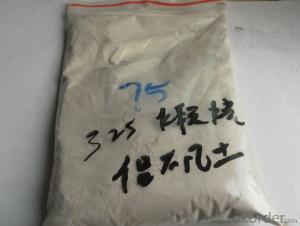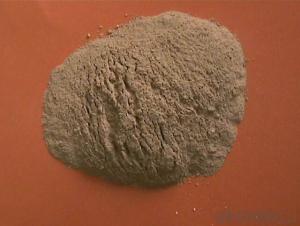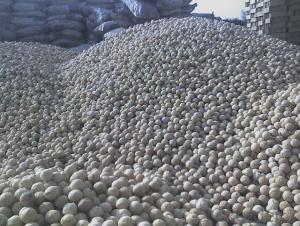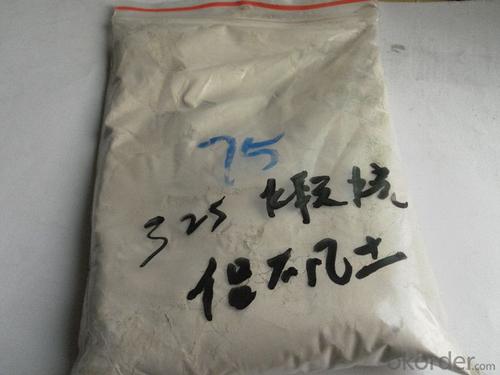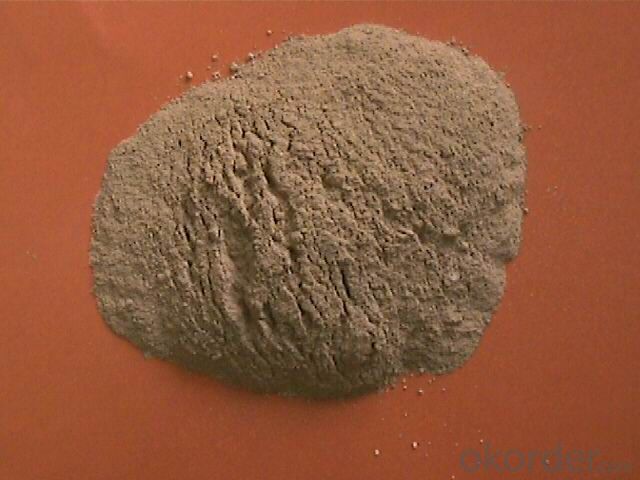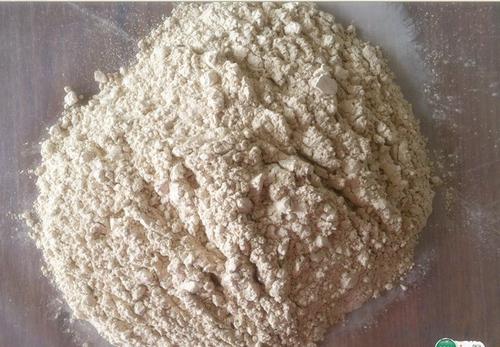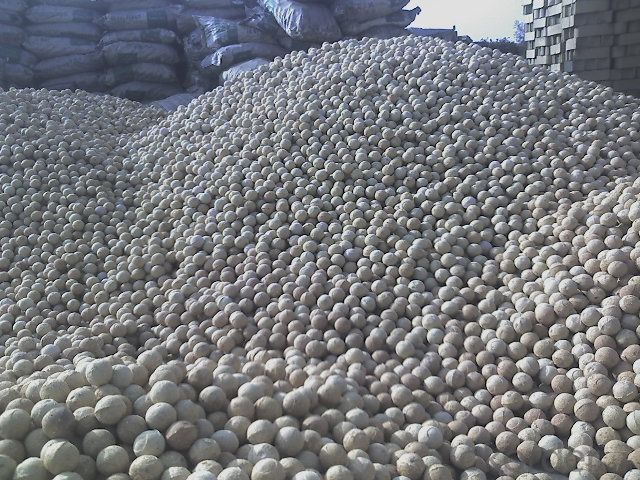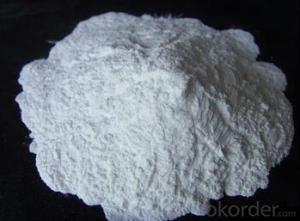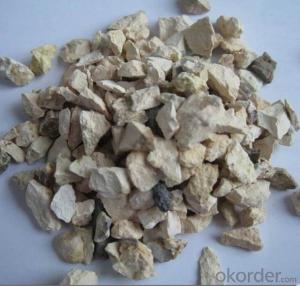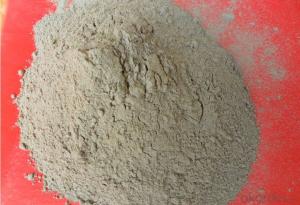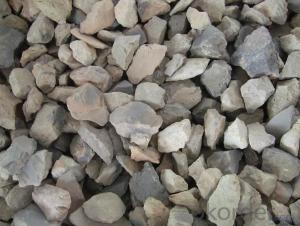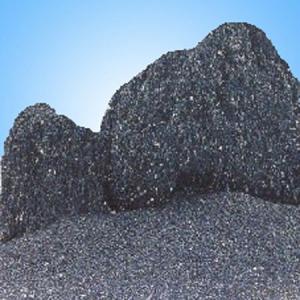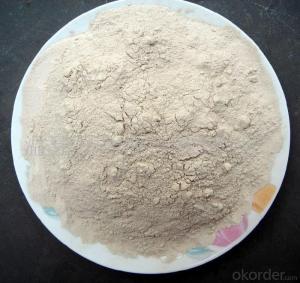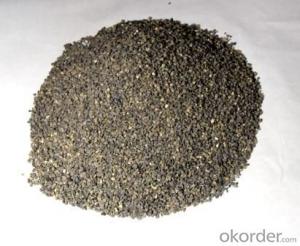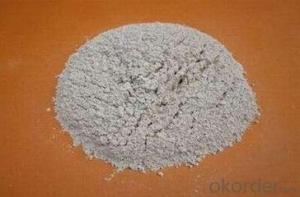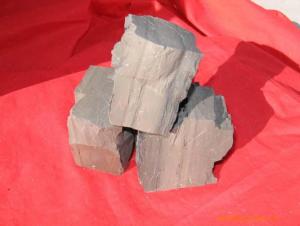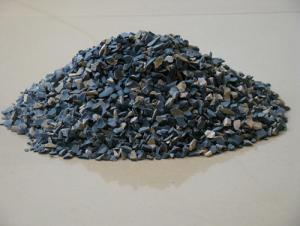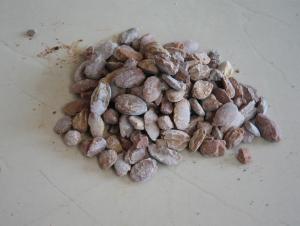Raw Materials for Refractory:82% Alumina 60 Mesh Calcined Bauxite with Low Price
- Loading Port:
- Tianjin
- Payment Terms:
- TT OR LC
- Min Order Qty:
- 25 m.t.
- Supply Capability:
- 30000 m.t./month
OKorder Service Pledge
OKorder Financial Service
You Might Also Like
82% Alumina 60 Mesh Calcined Bauxite with Low Price
Specifications
1. We directly supply calcined bauxite
2. Al2O3:70%/75%/80%/85%/86%/88%/90%
3. Size:0-1-3-5-8-10/200mesh/325mesh/400mesh/500mesh
Size:
Lumps /Grains:0-1mm,1-3mm,3-5mm,5-8mm /Powders:100mesh, 200mesh,325mesh
Product Description:
Bauxite, alumina or bauxite miner , main ingredients are aluminum oxide, hydrate alumina containing impurities,
is an earthy mineral.White or grey, brown yellow or light red by iron.From 4 to 3.9 g/cm3 density, hardness, 1 ~ 3, opaque, very brittle.
Very difficult to melt.Insoluble in water, soluble in sulfuric acid, sodium hydroxide solution.Mainly used for aluminium, refractory material.
Calcined Bauxite Grade:
Shaft Kiln Bauxite
Rotarty Kiln Bauxite
Round Kiln Bauxite
Packaging & Delivery
Packaging Details: In bulk or in 1-1.25mr bag
Product Pictures:
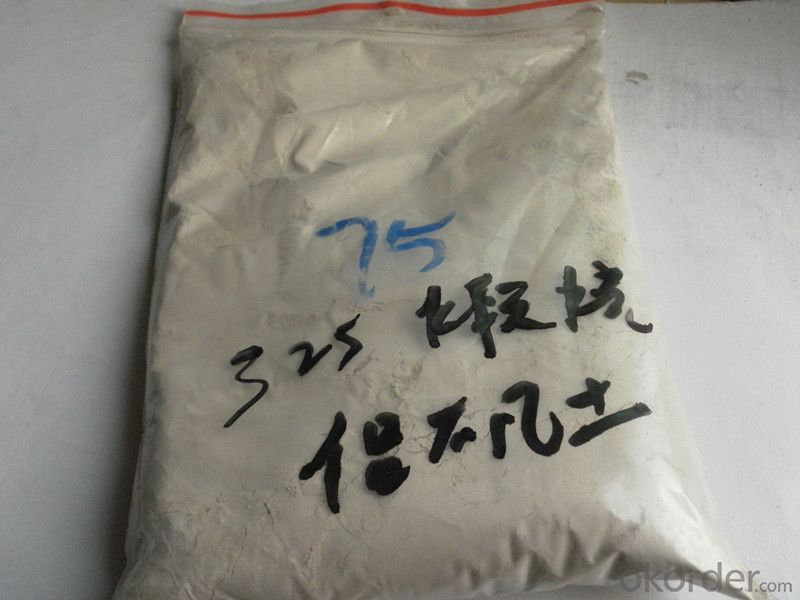

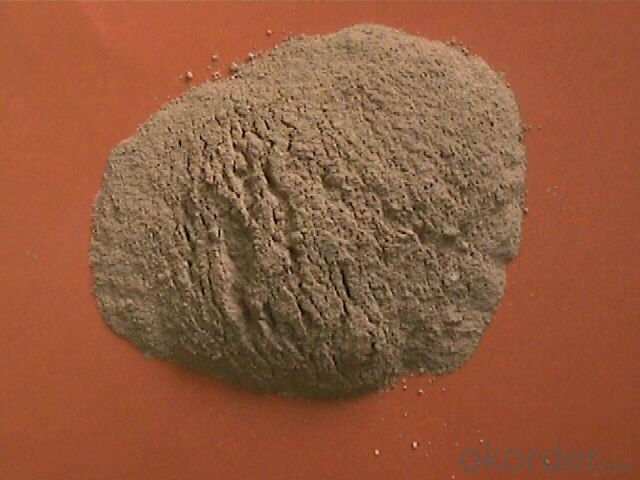
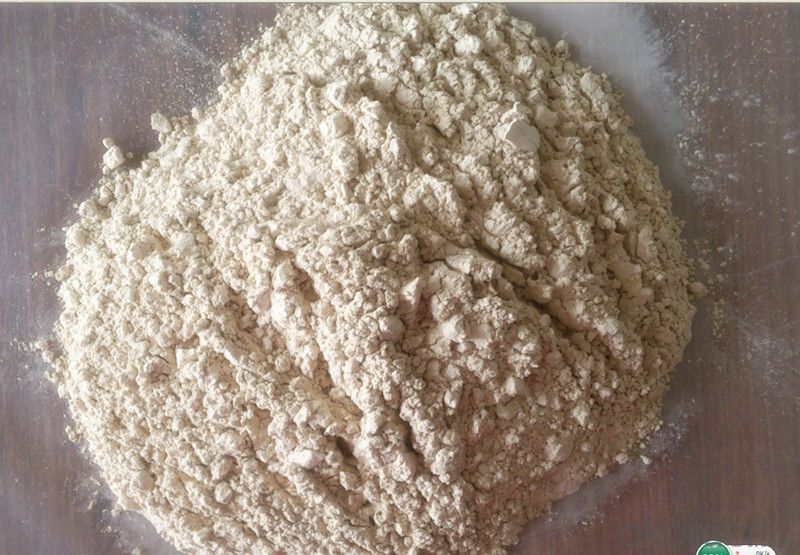
Our Service:
1. Your inquiry related to our products or prices will be replied in 24hours.
2. Manufacturer with large capacity, ensure the fast production cycle after confirmed the order.
3. Our professional technicians will answer your entire enquiry in patient.
4. To meet the refractory solutions, we can serve as your instructions.
5. Protection of sales area and private information for our entire customer.
If you’ve kind enquiries, please don’t hesitate to let us know. ^_^
- Q: What is the fire resistance thickness of the thin fire-retardant coatings?
- There is no detailed requirement on the thickness of the thin steelwork fireproof coatings in the "Code for application technology of steelwork fireproof coating", and the thickness there refers to a certain thickness which must(at least) have fire resistance for a certain time. The thickness of fireproof coatings in engineering generally depends on the manufacturer's test reports. Our thin steelwork fireproof coatings: the fire resistance is 2.5 hours, the thickness is 4.9 mm, the fire resistance is 2.0 hours, the thickness is 3.5 mm, the fire resistance is 1.5 hours, the thickness is 1.75 mm, the fire resistance is 1.0 hours, the thickness is 1.17 mm.
- Q: How many kinds of fireproof materials are there in the market?
- I wonder that how many kinds of fireproof materials are there? Does anyone know about it, please tell me, thanks
- Q: What's the fire?retardant material of roller shutter fire resistance door ?
- Core board of fire door materials are composited by inorganic materials, and the main components are perlite, inorganic adhesive and other special formula. It has flat and smooth surface, unibody. It is fireproof, sound and thermal insulating. It has passed tests of Tianjin Fire Research Institute and Beijing construction institute.
- Q: Who knows what is the standard of insulation material whose fire proof is level A?
- Fire insulation materials of level A is non combustible building materials, and does not have any burning material. Level A1: single inorganic non combustible, no open flame. Level A2: A2 level: composite organic non combustible, that is, composite materials, non flammable, smoke volume should reach the standard.
- Q: What is the use of refractory?
- It is fire-retardant and insulated.
- Q: How to choose thermal insulation materials for flood heating?
- By controlling the foaming ratio, nucleating agent size, moudle pressure, temperature of screw, vacuum foaming technology, extruded sheet of different density can be made. The density of commonly used plastic extruded board is 25-50 kg per cubic meter. Plate density is the main factor affecting the cost of the extruded plate. The higher the plate density, the higher the cost price. Plate density is the main factor affecting the cost of the extruded plate. The lower the density of extruded board, the worse quality performance. Plate density of common plastic extruded is between 30 to 38 kilograms per cubic meter. The density of plastic extruded plate of exterior wall is between 30-35, if the density is too low, then the plate will not be strong enough, if high, flexibility of plastic extruded board will be inadequent, unable to bear the stress brought by housing settlement deformation, resulting in cracks in the wall. With the extrusion plate for floor heating should be in 36 kilograms per cubic meter. If it is too low, ground subsidence will occur due to the low strength, resulting in the ground crack. If density is too high, the thermal conductivity coefficient will increases, impacting energy saving. High density extruded plate is generally used for occasions having special requirements for compressive. Parking lot roof should use extruded plate above X350, whose density is 40 kg per cubic meter. The aircraft need to use the Ping extruded board above X500, density in 45 kilograms per cubic meters. High speed railway subgrade need to use extruded plastic board above 700KPA,
- Q: Does the refractory material used in steelmaking all refer to refractory brick?
- It includes not only refractory brick but also unshaped refractory; while the foaming?agent, ladle filler sand and deoxidizer are not refractory materials but ferrous metallurgy auxiliary materials.
- Q: What substitutes are available for high-end refractories in addition to zircon sand?
- The composite sand powder can effectively replace zircon sand, with the same operation process, less operation time and environmental protection
- Q: How to make the service life of refractory materials longer?
- Take acid resistant refractory materials as example: the atmosphere should be acidic atmosphere, if used in an environment whose temperature is 1900℃, it would exacerbate the loss of refractory materials, so don’t use overloaded. Second, select the appropriate refractory materials according to the environment. For example, if its operating temperature is 1800℃, generally speaking, the normal use of it according to the instruction of refractory materials would be fine.
- Q: What are the main materials in concrete fireproofing material?
- fireproofing materials mainly consist of class A incombustible?material and class B1 nonflammable material. Class A incombustible?material: Granite, marble, terrazzo, cement products, concrete products, gypsum board, lime products, clay products, glass, tiles, mosaics, steel, aluminum, copper alloy; class B1 nonflammable material: Ceiling materials, dry wall, fibrous plaster.
Send your message to us
Raw Materials for Refractory:82% Alumina 60 Mesh Calcined Bauxite with Low Price
- Loading Port:
- Tianjin
- Payment Terms:
- TT OR LC
- Min Order Qty:
- 25 m.t.
- Supply Capability:
- 30000 m.t./month
OKorder Service Pledge
OKorder Financial Service
Similar products
Hot products
Hot Searches
Related keywords
